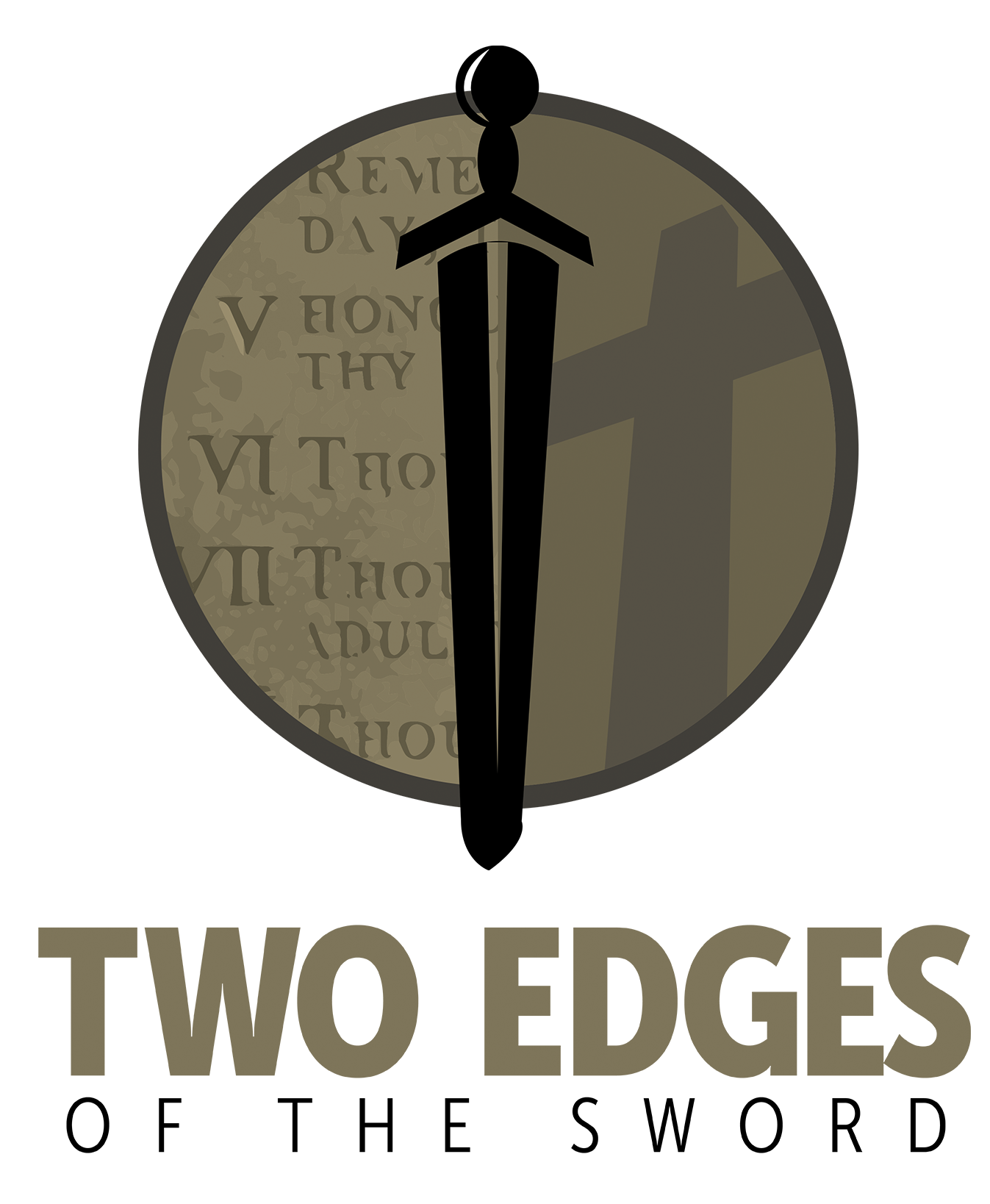When we first come to Jesus as our Savior through an experiential conversion, our primary concern is our personal salvation. What are the implications in my life and my relationships with those around me? How do I continue in this new way of life?
So, initially, the gospel is always a me-centered gospel—”What’s in it for me?” And why not? There is potentially a lot in it for me—forgiveness of sin, overflowing love for others, irrepressible joy, unfathomable peace, freedom from condemnation, eternal life, etc.
But, as time goes by, and I mature spiritually and begin to experience these benefits, I eventually begin to suspect that there might be more to Christianity than just experiencing the blessings that accrue to me. I have been focused on the trees—individual personal benefits. I have neither seen nor do I have any clue about the forest—the vast sweep of the great plan of God on the earth.
And that is perfectly fine and absolutely acceptable with God. I am right on schedule. That is where we must all begin our spiritual journeys, but that journey covers a lot more territory than we understood when we began it. When we are ready, and not a minute before, God will begin to open our eyes to the forest.
Ultimately, we discover Christianity involves much more than a man-centered experience primarily for us and our personal salvation, although the benefits stated above are very real. As we begin to get a larger picture of who God is and what He is about, we see that the gospel and what it accomplishes are ultimately and primarily for Him. The cross restores to Him something He has lost.
Some would argue that it is not necessary to look past the individual trees. “It is God’s job to see and be concerned about the forest, and He doesn’t need to show it to us; He is sovereign, and He will do what He will do, without my help. I’ll just focus on the personal blessings of my salvation and leave the rest to Him.”
The problem with this line of reasoning is that it is not the pattern set for us by the New Testament. While always reminding us of the essential foundation of the personal salvation that we never move past, Paul gives us clear looks at the beauty and vastness of the forest of God’s “eternal purpose” in his letters, and other writers sound the same message (e.g., Ephesians 3:1-12; Colossians 1:16-23; 1 Corinthians 15:22-28; Psalm 110; Daniel 7:13, 14, 18).
All of God’s activities, including our salvation, spring from this plan. It is the overarching objective behind everything He does—that His righteous, beneficent, loving rule covers the whole earth, from pole to pole.
That plan had been seemingly wrecked in the Garden as Satan, in the court of divine justice, deceived Adam into legally giving him the authority to rule the earth, a commission that God had delegated originally to Adam.
But God’s plan was not permanently thwarted, and this temporary, seeming setback in the plan of God caused the ensuing centuries of misery Satan inflicted on the world (Hebrews 2:14, 15). However, ironically, after his “victory” in the Garden, Satan was right where God wanted him—overconfident, cocky, and arrogant.
In the fullness of time, God sent His Son, Jesus, as the “second Man,” (the “first man” was Adam – 1 Corinthians 15:47). Jesus rectified, not only our personal predicament concerning our separation from God, but also what appeared to be the hopeless destruction of God’s plan for man, as His vice-regent—to rule over the whole earth.
That complete rectification was accomplished by Jesus at the cross (“It is finished” John 19:30), and God is busily establishing that temporarily-detoured but now back-on-track purpose today. He is now using us, His redeemed, renewed and restored people, for our original intent: to reflect God’s image, to rule over the earth for Him, and to reproduce (Genesis 1:24-26)!
How will we do so? As we have often discussed, God has given us three primary tools He is using—family, church, and civil government, with copious instructions in the Bible about how each institution functions.
However, by both unconscious erosion and deliberate attack, these institutions have strayed mightily from the original, biblical pattern our country initially attempted to follow. “What the Bible says” concerning these three tools is not even relevant in many churches today. They don’t really care, because to them, the Bible is not the legitimate authority in cultural or civil issues, even though they profess to believe it.
After getting “back to the Bible” in the family, in our last few postings, we will now do that with the church. What is it? Who is in it? What is its mission? What is its message? What is its structure? How does it meet together? What happens at church?
How the Bible answers these questions is often not on a church’s radar. They continue to meet as they always have, not even caring if the Bible teaches something different. As a result they are unaware of the culture-changing, universal impact of the New Testament church (1 Thessalonians 1:8; Acts 2:5; 19:10; Romans 1:8; Colossians 1:6, 23) and continue to see nothing of its power and effectiveness in the world. In the weeks ahead we will investigate what made that first church tick so effectively.
